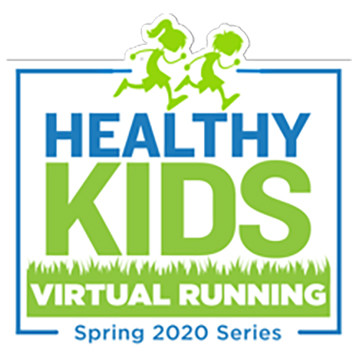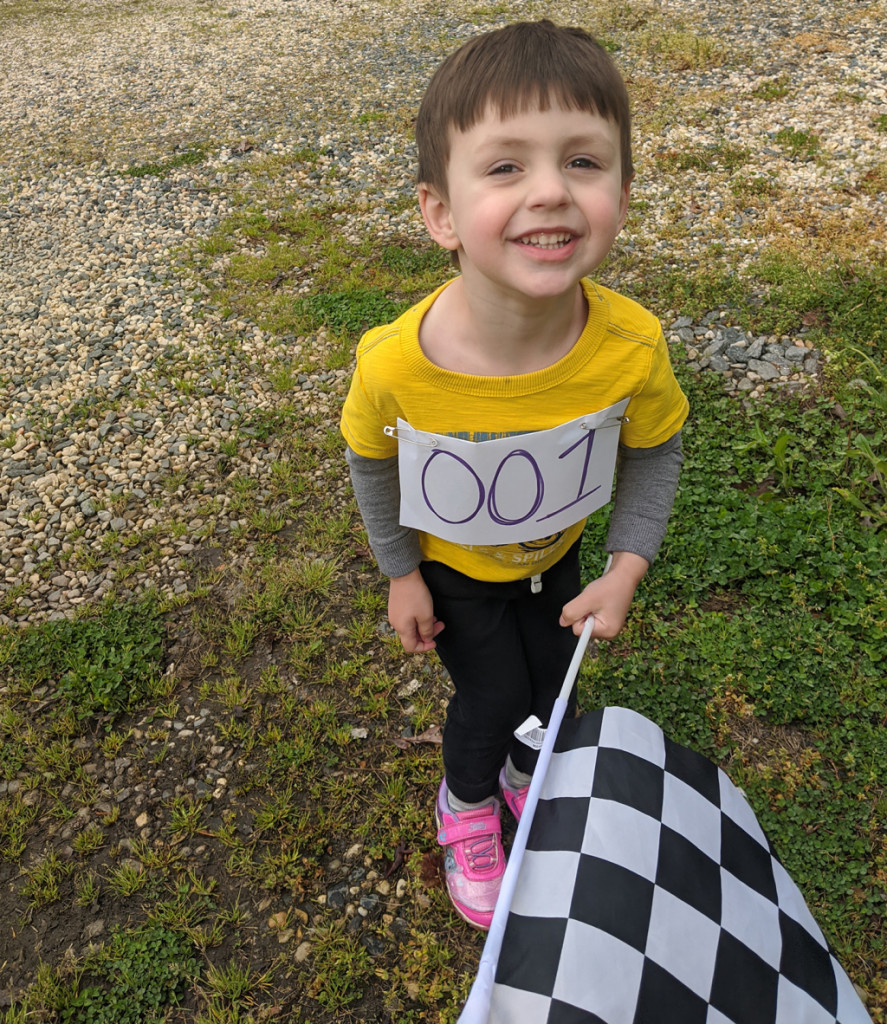Schools being cancelled, kids shut in the house, parks closed and race events cancelled didn’t stop the ambitious Healthy Kids Running Series from getting off to a running start last month. Rather than mass events in local parks featuring toddlers to middle schoolers, the national series, the brainchild of organizer Jeff Long, went virtual in more than 200 locations in late March.
Healthy Kids Running Series is a series of community running events organized by local coordinators. It began as a seven-week program in the Fall of 2009 and then again in Fall 2010. It was shortened to a five-week series in 2010 as a Spring Series was added in 2011. Races range from a 50-yard dash for the littlest runners up to a mile for the middle schoolers.
In 2020 the Healthy Kids Running Series had scheduled events in 300 locations in 36 states, with more than 70,000 runners expected to participate this year.
The COVID-19 pandemic changed all of that. And like many running efforts around the country, the solution was to go virtual.
“We pivoted to virtual mid-March and pulled in the feedback of our executive board and community coordinator board, not to mention of staff,” Long tells Running Insight+.
The virtual concept is simple. Instead of one big event in a local park with hundreds of runners, parents mark out their child’s race distance in their yard, on the sidewalk, in a parking lot, at a park or even on a treadmill. They then have seven days to run their designated distance and then be given the option to use a town-specific Google Doc to insert their child’s time each week. (There is also an option to allow parents to just put a “Y” (for yes) or “N” in the cell as well if they don’t want to insert times.)

As part of the marketing effort the logo was redesigned to insert the words “virtual” and “2020 Spring” and the logo was squared to reflect a computer screen as opposed to the standard circle logo.
“We then spent weeks creating a Virtual Tool Kit with links and images to help coordinators better understand the change and arm them to communicate on social media,” Long explains.
HKRS also created How-To Videos on how to map a course and insert times on Google Doc, while new graphic images explained the distances and associated times (it even included number of sidewalk spaces and parking spaces for each race distance) for each division.
Long conducted a Facebook Live session to walk the community coordinators through the 20-plus page Powerpoint. Parents were informed of the decision to go virtual in mid-March and the opening Virtual Weekend took place April 18-19 and will run for five consecutive weeks.
The result: More than 18,300 runners registered prior to the shutdown and only 2.7 percent asked for a refund. Even better, HKRS received more than 1000 new registrations.
“We are deeming this a success and look forward to being back outside as a group come the fall,” Long says.
Of course, parents were urged to share their running photos with the virtual community on Facebook: @HealthyKidsRunning






